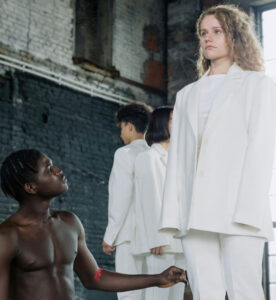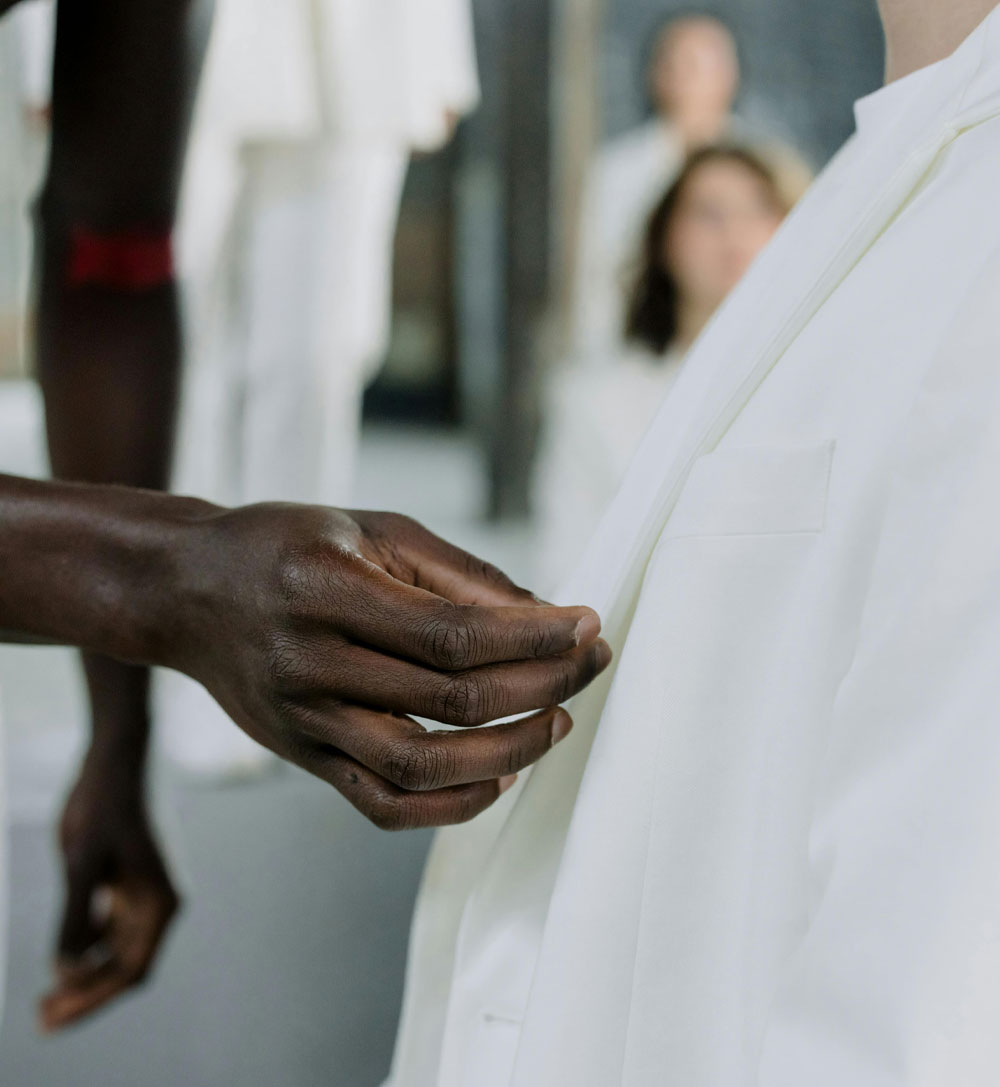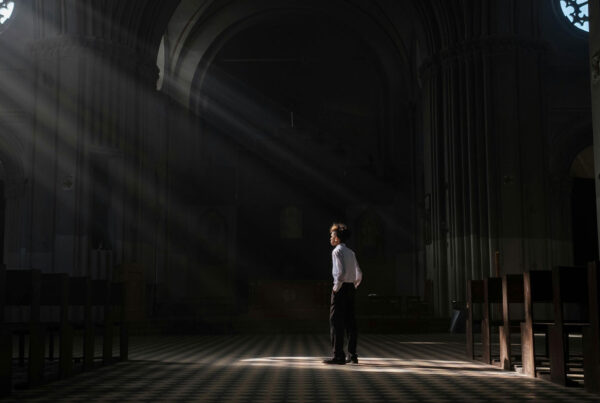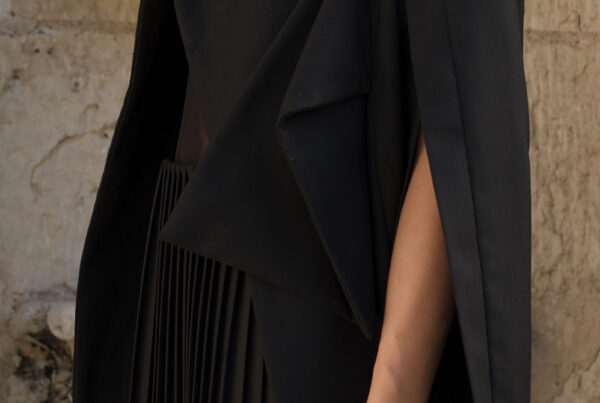In the world of Casey Levan, design is not a detached idea — it’s a lived experience.
Every pattern cut, every drape tested, every sketch refined is a meditation in form and feeling.
This is not fast fashion. This is constructed emotion — design as discipline, architecture as art.
Design as an Architectural Language
To build a garment is to build structure — to treat fabric the way an architect treats space.
Lines become blueprints. Seams become boundaries. Proportions become perspective.
At Casey Levan, pattern-making is not just technical drafting — it’s storytelling through structure.
Each line tells of tension and release; each curve represents the balance between restriction and freedom.
The result is design that feels engineered, not assembled — garments that stand not just on the body, but in concept.
From Sketch to Substance
It all begins with a sketch — a fleeting thought translated into form.
The pen becomes an extension of emotion; ideas flow as abstract shapes and fluid lines.
These early renderings are raw — imperfect, intuitive, alive.
They are blueprints of feeling, a language of their own before fabric ever touches skin.
From there, sketches evolve into drafts — grids and guides where thought becomes tangible.
Proportion, geometry, and flow come into conversation until the concept begins to breathe.
Draping: The Dialogue with Fabric
Draping is where the garment begins to speak back.
Fabric is placed on the form, and gravity begins to write its own story.
Some folds resist; others reveal. The designer listens — adjusting, sculpting, and negotiating between imagination and material reality.
It’s in these quiet, tactile moments that design turns spiritual — when intuition meets intention, and what once existed in the mind begins to exist in space.
Drafting Patterns: Precision as Poetry
Once draping reveals the “soul” of the garment, pattern drafting becomes the method of preserving it.
Each cut and line translates that ephemeral balance into a precise form — mathematical and emotional at once.
This process demands humility and patience. The hand must serve both structure and spontaneity.
Every pattern piece carries meaning — a memory of the designer’s dialogue with the cloth.
In this way, drafting becomes poetry in precision — art disguised as a sacred geometry.

Fittings: The Human Element
The fitting room is where design meets reality.
Here, measurements collide with movement; the static becomes kinetic.
A fitting is more than technical correction — it’s a conversation between designer and wearer.
Proportion is adjusted not just to flatter, but to feel right — to ensure the garment carries its intended emotion.
Every alteration, every seam refined, every sleeve reshaped marks a milestone — a step toward harmony between idea and embodiment.
The Process as Performance
From sketch to drape, from draft to fitting, the process of creating a collection unfolds like choreography.
Each stage carries its own rhythm — its own dialogue between artist and textile.
In this rhythm lies the truth of design: that creation is not about speed, but about sensitivity.
It’s about being present enough to listen — to the fabric, to the form, to the message being built one stitch at a time.




